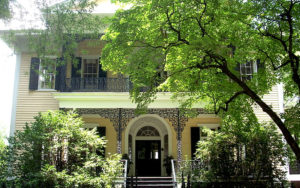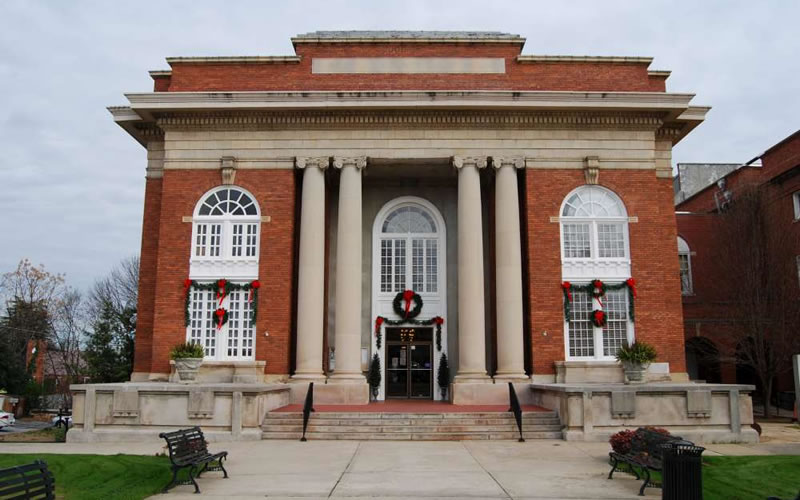Here’s an impressive, official-looking brick building. Clue: It’s in South Carolina. Send your best guess – plus your name and hometown – to feedback@statehousereport.com. In the subject line, write: “Mystery Photo guess.” (If you don’t include your contact information, we can’t give you credit!)
Our previous Mystery Photo
 Several readers clued in that the grand old Carolina house in the May 11 issue was the Lace House at the S.C. Governor’s Mansion.
Several readers clued in that the grand old Carolina house in the May 11 issue was the Lace House at the S.C. Governor’s Mansion.
Congratulations to those who identified the mystery: Charles Lesser, Mary Greene, Helen C. Foley, Michael LeFevre, Dawn Bodenhamer and Jay Altman, all of Columbia; Lexie Chatham of West Columbia; and George Graf of Palmyra, Va.
Graf shared how the Lace House, also known as the Robertson House, is located in Columbia’s Arsenal Hill district:
“According to colatoday, Arsenal Hill was one of Columbia’s first residential areas. It sat at the westernmost border of Columbia’s original grid. These days, its borders are defined by Elmwood, Assembly, Taylor and Huger streets.
“Its status as the highest point in Columbia’s original 2×2-mile city limits made it desirable. While poor, working-class families built cottages at lower elevations and closer to the river, the monied elite tended more toward the northwest of the city.
“Back in the day, Arsenal Hill would have been studded with Queen Anne and Victorian homes. These ornate structures looked more like gingerbread houses than real-life homes. The Lace House is a fine example of the type of detailing you could find throughout Arsenal Hill.
“Over time, the neighborhood’s built landscape and population makeup shifted. After the Civil War, some African Americans who had been enslaved in the mansions atop found themselves remaining in the neighborhood. Some found work as domestic servants in the houses atop the hill. The railway ran nearby and had more and more openings in the later 19th century which were filled by both blacks and whites from the working class.
“The farther up Arsenal Hill you lived, the more money you had. At the top were ornate, gingerbread house-lookalikes built with planter-class money. The farther down you traveled on the hill (and the closer to the railroad) the more affordable the housing became.”
Send us a mystery: If you have a photo that you believe will stump readers, send it along (but make sure to tell us what it is because it may stump us too!) Send to: feedback@statehousereport.com and mark it as a photo submission. Thanks.
















 We Can Do Better, South Carolina!
We Can Do Better, South Carolina!